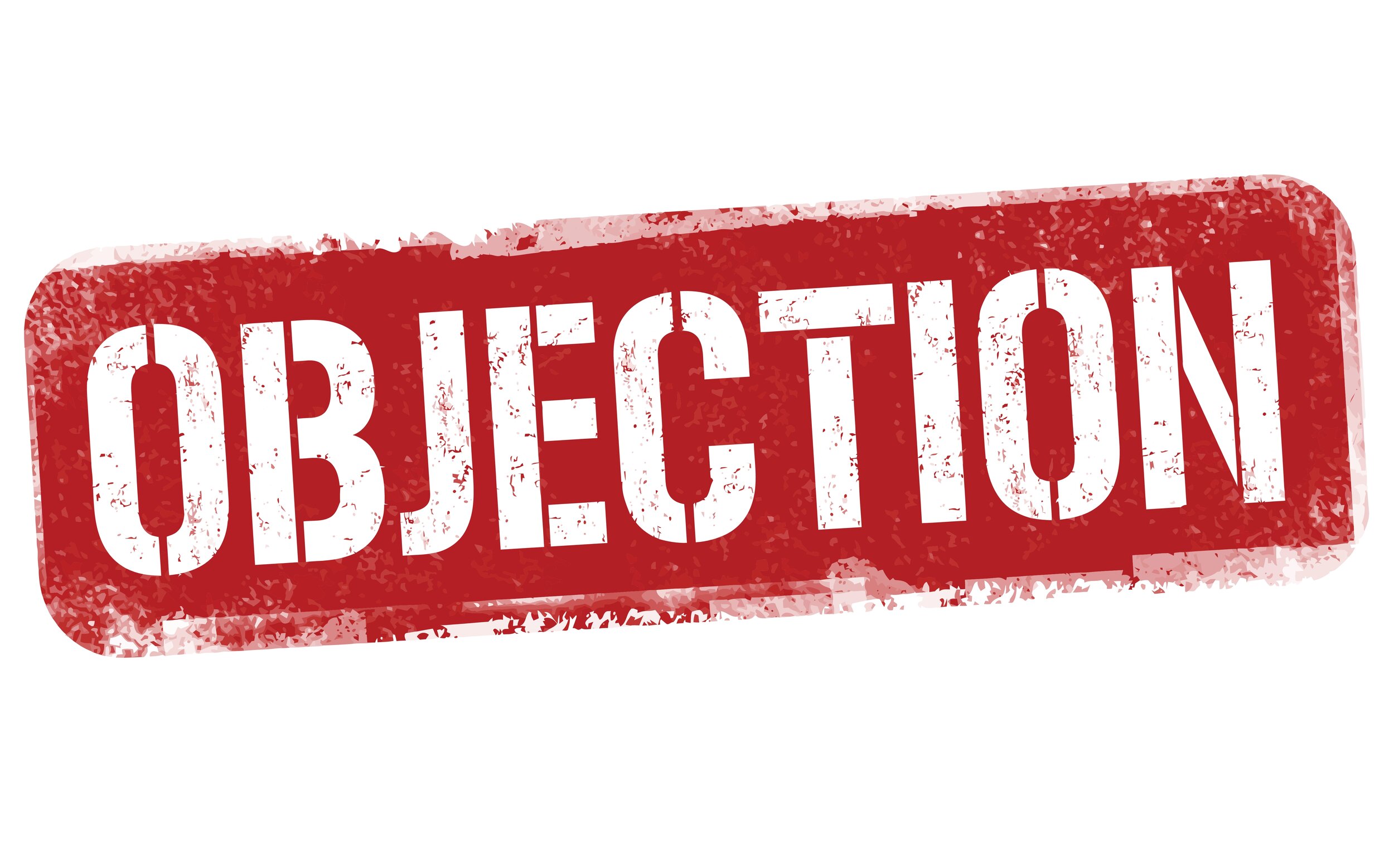As a sales trainer and former sales manager, I have had the opportunity to spend a great deal of time accompanying sales professionals on their calls. There is always one glaring error that salespeople continue to make, whether they are seasoned or brand new, and that is not listening. When a salesperson has poor listening skills they often miss numerous buying signs, applications, and objections.
According to the experts, we listen at a rate of about 150-250 words per minute but think at a rate of 1000-3000 words a minute. Consequently, we retain only 20% of what we hear. My theory is that not listening can be a serious cause for poor sales because we have a large amount of new and complex information to share. For company owners and sales managers, the best gift they can give their salespeople is to provide feedback on their listening skills.
Ten symptoms of poor listening skills:
Company owners and sales managers can be sure that they or their salespeople are not listening when they are:
1. Doing most of the talking
2. Asking direct questions that generate limited responses from customers
3. Finishing off customers sentences
4. Distracted
5. Interrupting the customer
6. Responding multiple times to customer questions because they did not get it the first time.
7. Finding that their recommendations and proposals are not being considered
8. Constantly doing rework or experiencing returns
9. Unable to sell custom or new products or services
10. Unable to focus and stay on the main points important to the customer
Listening is very much a part of our personality and it is often difficult for owners and sales managers to coach salespeople to listen better without creating hard feelings. Not listening to customers is an affliction that affects most of us, including myself, whether we are seasoned sales professionals or CEOs.
“I have observed plenty of salespeople over the years who struggle with listening,” said Bob Ross, former Director of Business Development of Corporate Communications Group in West Caldwell, New Jersey. He went on to say that a major reason for lack of listening is, “we are thinking of what to say next while the customer is talking.” Bob feels this problem is a lack of confidence based on a fear that he or she will not know the answer to a customer’s question or objection. For company owners and sales managers, the best gift they can give their salespeople is to provide feedback on their listening skills.
Poor listening skills also may be a problem for company owners and sales managers who are often the company’s most important salespeople. An owner of a small printing company in Long Island recently told me that he is so busy running the business that he finds it difficult to concentrate and listen effectively. This undoubtedly affects his business more than he realizes. Most companies that sell solutions and services have a great amount of knowledge and are experts in what they do but may not have the patience to listen to their customers who have a lot less technical knowledge. One of the most important sales skills for all salespeople is effective listening skills.
Why is effective listening important?
Professional sales trainers find it is much easier to encourage and teach salespeople how to adopt new sales practices, learn new technologies, and research their customers than to help them understand why and how to listen better.
That being said, teaching someone how to listen is extremely important because there is significant research that links effective listening to sales performance. In an article in the Journal of Marketing Theory and Practice, researchers examined several traits that affect sales performance. They found among all the traits when one looks at the relationship between a buyer and seller, empathy and effective listening skills are the most important.
The advantage of personal selling over other forms of marketing communications is the ability of the salesperson to tailor their company’s messages immediately to individual customers. Effective listening, which is essential to the process of understanding business requirements, solving customer problems, and overall business success, is not easy. Listening is not a passive process where you simply sit and listen. It is a concentrated activity that requires practice and commitment.
Why is it not a high priority for salespeople to learn to listen better?
The answer is simple. In many businesses, salespeople can achieve a certain number of sales without listening. This situation is often evident in commodity businesses. How many times have you gone to a retail store, engaged a real estate salesperson, or bought a car and experienced salespeople who do not listen? Salespeople who sell traditional products that are viewed as commodities can make sales without listening well.
Unfortunately, with high-value products and services that require consultative selling and high-level personal relationships, not listening is a significant barrier to success. Those who do not listen will only achieve marginal results. Being a good listener is not a guarantee of future success nor is it the only skill required, but it is the essential foundation for every sale.
Here are 6 ways to improve effective listening skills:
1. Prepare and Commit.
Before each call, clear your mind and commit yourself to be a good listener. You should plan to listen to more than 50% of the time. Before each call, visualize that after the call that you have not only listened well but have retained what the customer said and meant.
2. Eliminate distracters.
Good listening skills require focus and concentration. If you are not feeling well, have something on your mind and/or distracted by anticipated phone calls, noise in the room, sunlight in your face, etc., you can be easily distracted. If the distraction cannot be removed or eliminated, you may want to postpone or change the meeting location.
3. Listen actively.
Give the person you are speaking to your undivided attention. Pay close attention to non-verbal communications as well as verbal. Do not write while someone is talking. Taking notes can sometimes cause a salesperson to lose key points. Record notes during pauses in the conversation or ask the customer for time to write down your thoughts. Be respectful.
4. Don’t make quick judgments or assumptions.
Sometimes verbal triggers that are emotional or personal can lead a salesperson to lose the customer’s message. For instance, a comment about a printer’s past performance interjected during a sales call could easily cause a salesperson to lose their concentration. Suspend judgment until the customer’s message is completely understood. Remember that customer’s communication skills will vary. Adjust your listening to the skill and style of the speaker.
5. Ask Open-Ended Questions.
Ask probing questions that elicit a detailed response versus a question that requires short or one-word answers. Let the customer share their views in detail. Open-ended questions begin with “What”, “How, Why”. A salesperson could say, “Why is that important to your business?”
Encourage the customer to expand their points of view. For instance, a salesperson could say, “Can you tell me more…” Look for the total message not only the bottom line. Practice sharing with the customer what you heard during the call. After the call, write down in detail what you think you heard on the call. Refer back to these notes throughout the sales cycle.
6. Clarify and restate when required.
When the customer makes a key point, asks a question, identifies a need, expresses a concern or objection, be sure to: take time, listen carefully, fully comprehend, and clarify if required, then restate the customer's point.
Being a good listener is a skill that every salesperson can improve upon. The key requirements are to improve are willingness and commitment. David Thoreau spoke for many customers when he wrote, “The greatest compliment that was ever paid me was when one asked me what I thought and attended to my answer.” The best part of being an effective listener is that it will result in better customer interactions and ultimately, more sales.
If you want to sell more - talk less and listen better.



